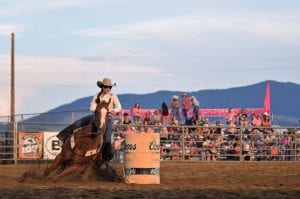
Photo credit: Myrna Loy Center, a 2017 ArtPlace project.
At 2017’s ArtPlace Summit, we talked often about tapping into the authentic identities of our individual communities as part of our creative placemaking work. But what happens when a community is in transition? How do we honor the history of a place while actively working to encourage its growth and foster positive change?
We closed the second day of this year’s summit with a plenary which examined those questions through the lens of three of ArtPlace’s Community Development Investments (CDI) partner projects. “Honoring the Authentic Identity of Our Pasts, Welcoming Our Futures” featured insights from three project leaders: Carol Gore, president and CEO of Cook Inlet Housing Authority in Anchorage, Alaska; Rick Goodemann, CEO of Southwest Minnesota Housing Partnership in Slayton, Minnesota; and Dean Matsubayashi, executive director of Little Tokyo Service Center in Los Angeles, California.
Jamie Bennett, executive director of ArtPlace America, kicked off the plenary by framing the discussion: “Each of these folks represents an organization that’s doing extraordinary work in a place that hasn’t necessarily systemically thought about partnering with arts and culture,” he explained. “Each of their communities–and each of their projects–is, in some way, honoring and preserving a cultural identity and each of them understands that the future of their community isn’t going to look like the past.”
“So how do we honor those cultural identities?” Jamie asked. “How do we honor the histories of our place and welcome in a different future? Can we do both of those things and can we do it with arts and culture?”
Although Carol, Rick, and Dean work in seemingly disparate parts of the country, they’re each dealing with a similar challenge: Their communities are in the middle of a period of great economic and cultural change. As communities change, organizations must shift to face a future that looks dramatically different from the future they may have anticipated.
“The question they’re investigating over the next three years is one that asks what it would look like not to change their mission, but to think about how artists and culture bearers can help to achieve their missions more effectively and efficiently,” Jamie explained.
In Spenard, a neighborhood inside Anchorage, the Cook Inlet Housing Authority is trying to cope with a severe lack of resources. “Our biggest threat is our declining state economy and our lack of a local economy. We’re trying to optimize ourselves out of what is a really big ditch,” Carol told us. “We’re driven by oil revenues and we have no sales tax, no state income tax. We have no tools with which to drive resources.”
“Introducing [artist’s] perspectives into our work has really made our story more relevant. Without them, we lack exposure and become isolated.” —Carol Gore, president and CEO of Cook Inlet Housing Authority
With the cost of housing and infrastructure construction in Alaska at an all-time high, Carol and her team hope to utilize the area’s rich history of arts and culture to drive investment as they work to provide housing opportunities for low income families.
“Introducing [artist’s] perspectives into our work has really made our story more relevant. Without them, we lack exposure and become isolated,” Carol said. “They’ve broadened our perspective to think about housing as a canvas instead of one building at a time. As we think about working on a larger canvas at a community level, the engagement we get from artists will help us to be more thoughtful about the resources we need.”
In Minnesota, Rick and his team are facing the opposite problem. The Southwest Minnesota Housing Partnership (SWMHP) has been witness to one of the most pronounced housing crises in the nation. After a period of economic downturn in the 1980s, Minnesota moved away from its reputation as a state primarily dependent on agriculture. The plan to diversify worked, but no one was prepared for the sudden influx of new residents who would arrive to fill all of the newly-created jobs. The SWMHP works to provide homeownership assistance, land development and community planning assistance to the growing community.
The SWMHP is focusing their CDI work in three communities in rural Minnesota, including Worthington, MN, a small town which has been hit particularly hard by the housing crisis. According to Rick, the area has become such a magnet for migrant workers from around the world that 56 different languages are spoken in the local school district. The organization recognizes that Worthington’s unique diversity is both a challenge and an opportunity.
“We’ve struggled with how we could give voice to the people who are newcomers in our community, who are isolated because of language,” Rick said. “We want to change our usual dynamic and work bottom-up instead of top-down and really work with artists to help us communicate in a different way. We want to communicate more effectively and we want to use those relationships to help us define and embrace change.”
In Little Tokyo, the Little Tokyo Service Center similarly hopes to utilize the arts to define its community–though, in this case, the community has over 140 years of history that is now threatened by gentrification.
“Little Tokyo represents one of three remaining Japantowns left in the entire nation. In Los Angeles, it has evolved to become the base for the Asian American and Pacific Islander cultural scene,” Dean explained. “Despite this rich history, one thing we share with other ethnic enclaves is a long history of encroachment and displacement.”
“We see arts and culture not as a means to an end, but as integral to the community and its identity.” —Dean Matsubayashi, executive director of Little Tokyo Service Center
Currently, Little Tokyo is struggling to keep a 20-acre swath of land in its community out of the hands of developers who are riding the wave of money recently brought into the area by young professionals flocking to adjacent downtown LA. “Private developers are trying to swallow up as much land as they can to develop luxury, market-rate housing. Compared to a low income ethnic neighborhood like Little Tokyo, it’s incongruent,” Dean said.
To combat these outside threats, the Little Tokyo Service Center is working to develop a plan it created with the community called “Sustainable Little Tokyo.” It’s a vision for the neighborhood that “supports the small business economy, leverages the rich cultural and spiritual assets of the community, and promotes environmental sustainability and social equity.”
“We really wanted to figure out how we can deploy more creative strategies to elevate the community’s efforts for control and self-determination by incorporating artists and other cultural producers to help broaden our base,” Dean explained. “We recognize that the small critical mass in Little Tokyo is not enough. For a lot of neighborhoods that suffer from gentrification, lack of power is their greatest threat. But arts and culture connects people and generates empathy. We hope it will also inspire action.”
For each of our speakers, the utilization of arts and culture in their work to preserve the heritage of their communities as they tackle current challenges is not a last resort.
“We see arts and culture not as a means to an end, but as integral to the community and its identity,” Dean said to sum things up. “They help us think outside the box in terms of how we’re broadening our base to build up that power to push back.”
[A version of this post originally appeared on the ArtPlace blog]

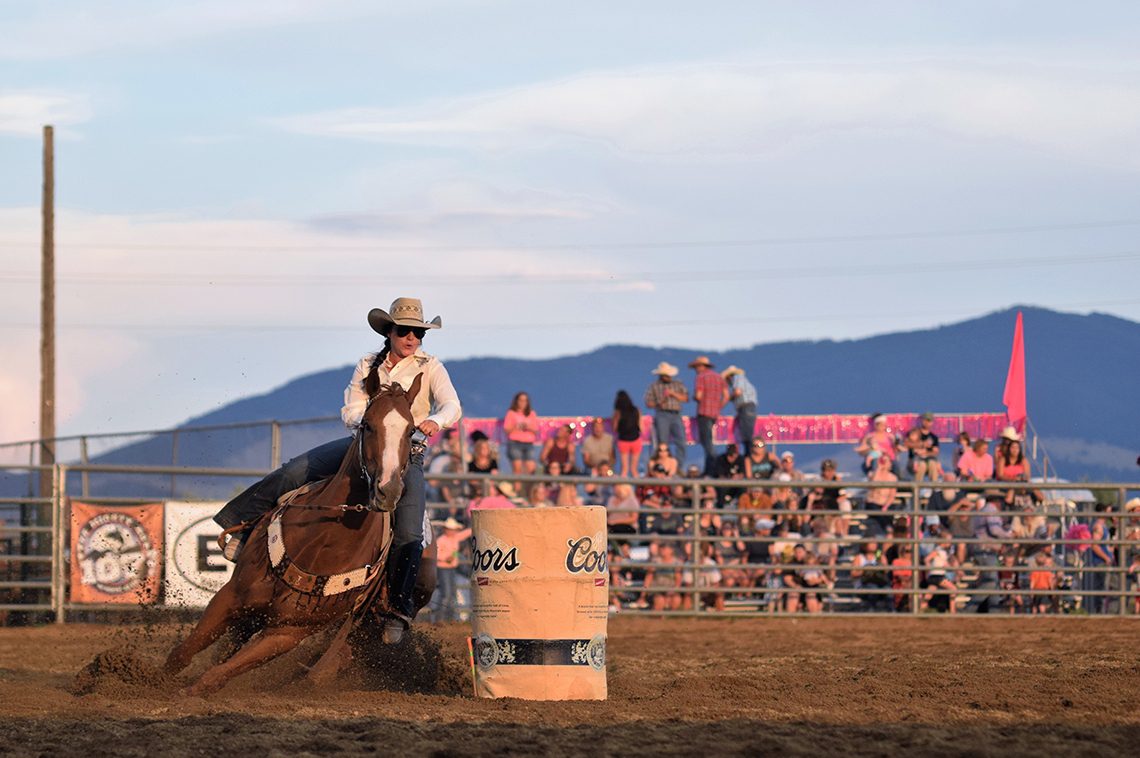

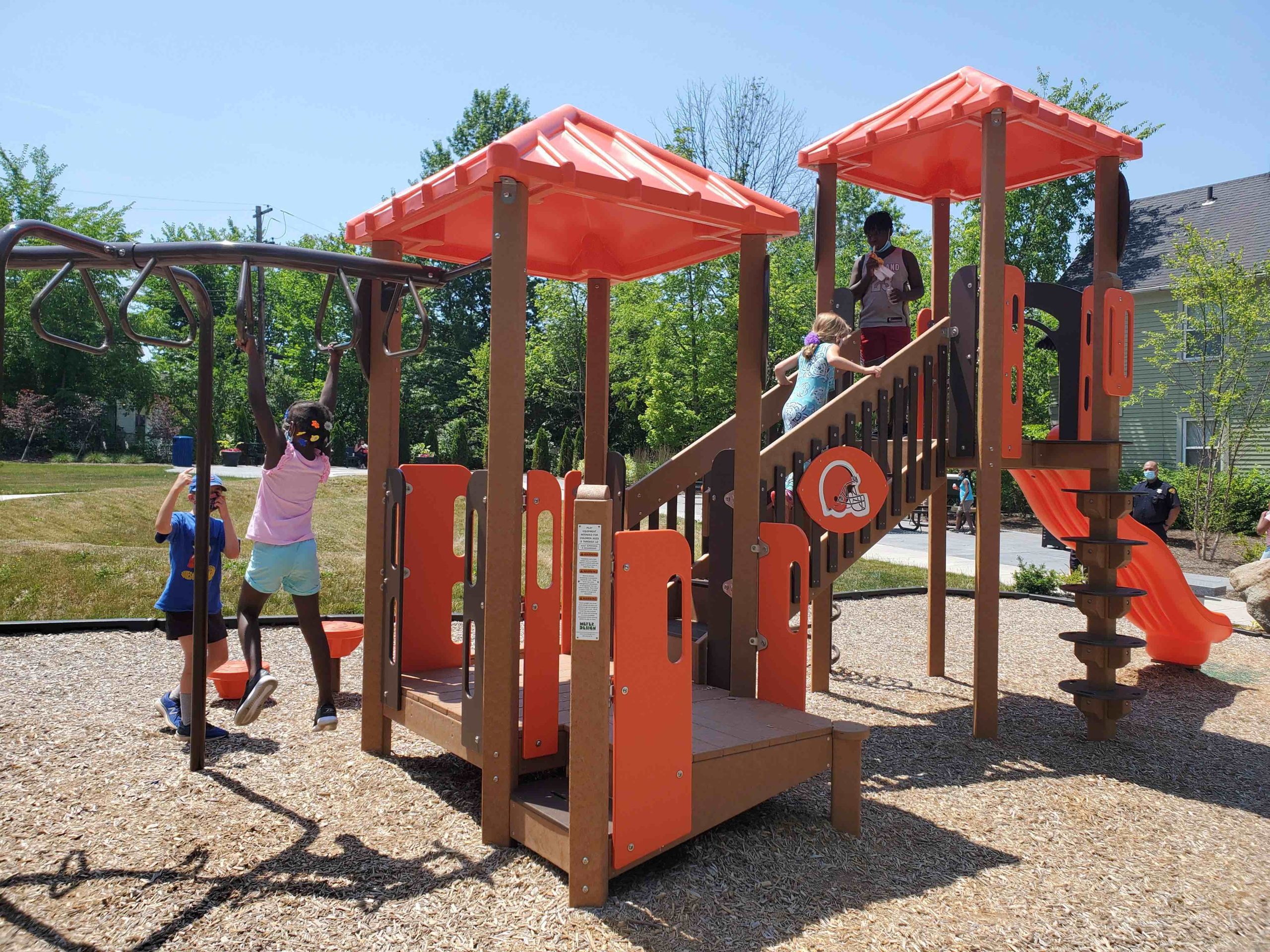
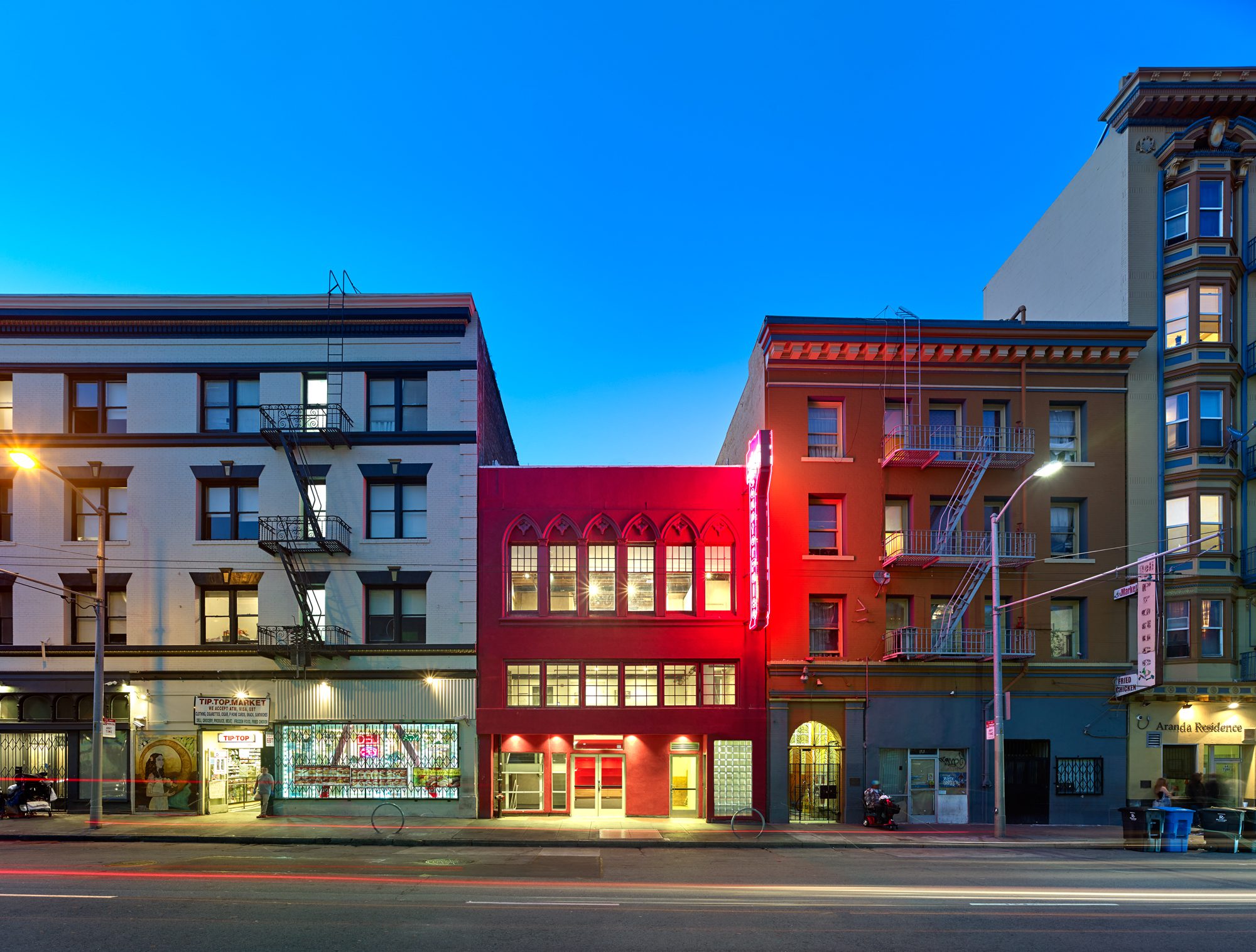
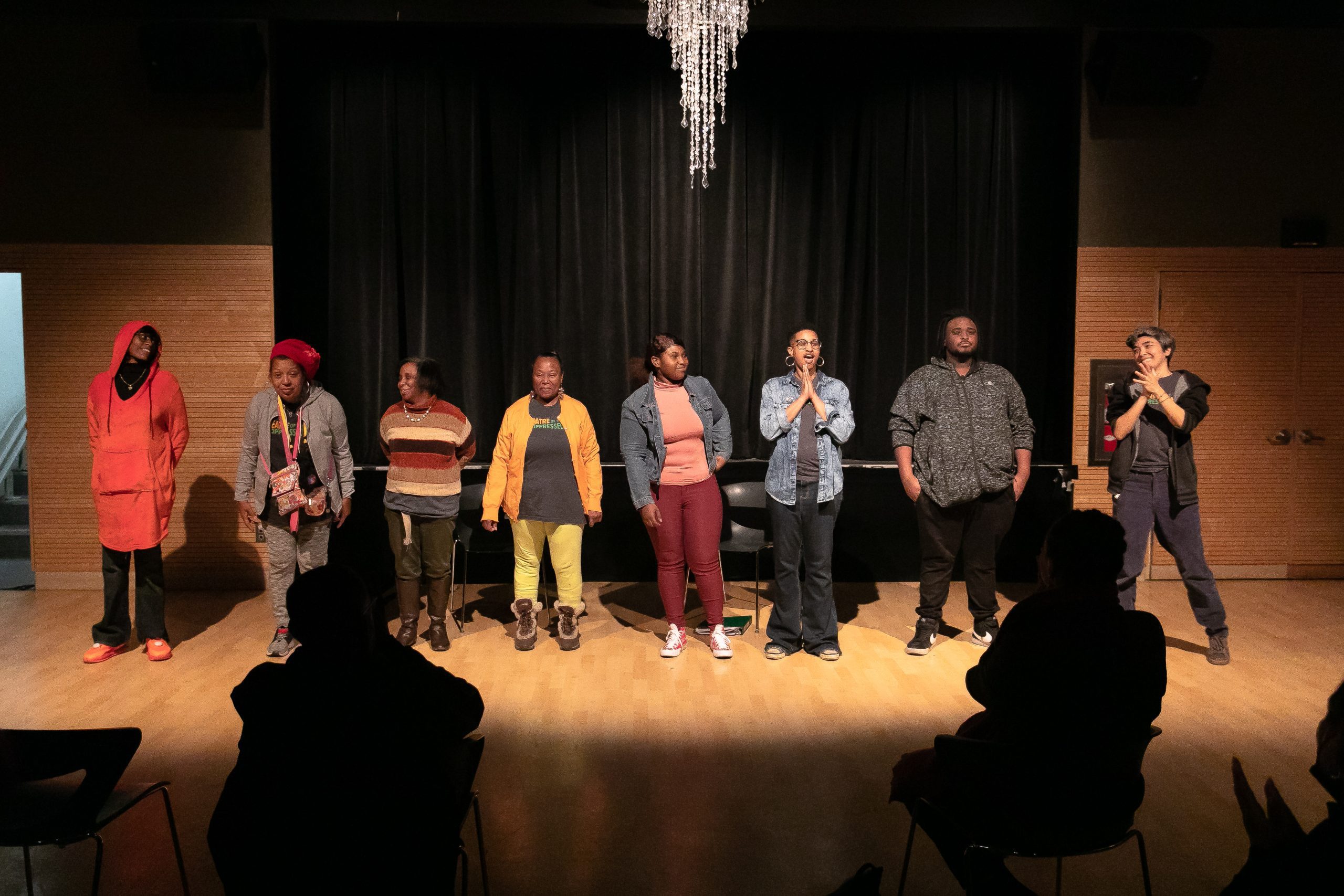
Comments